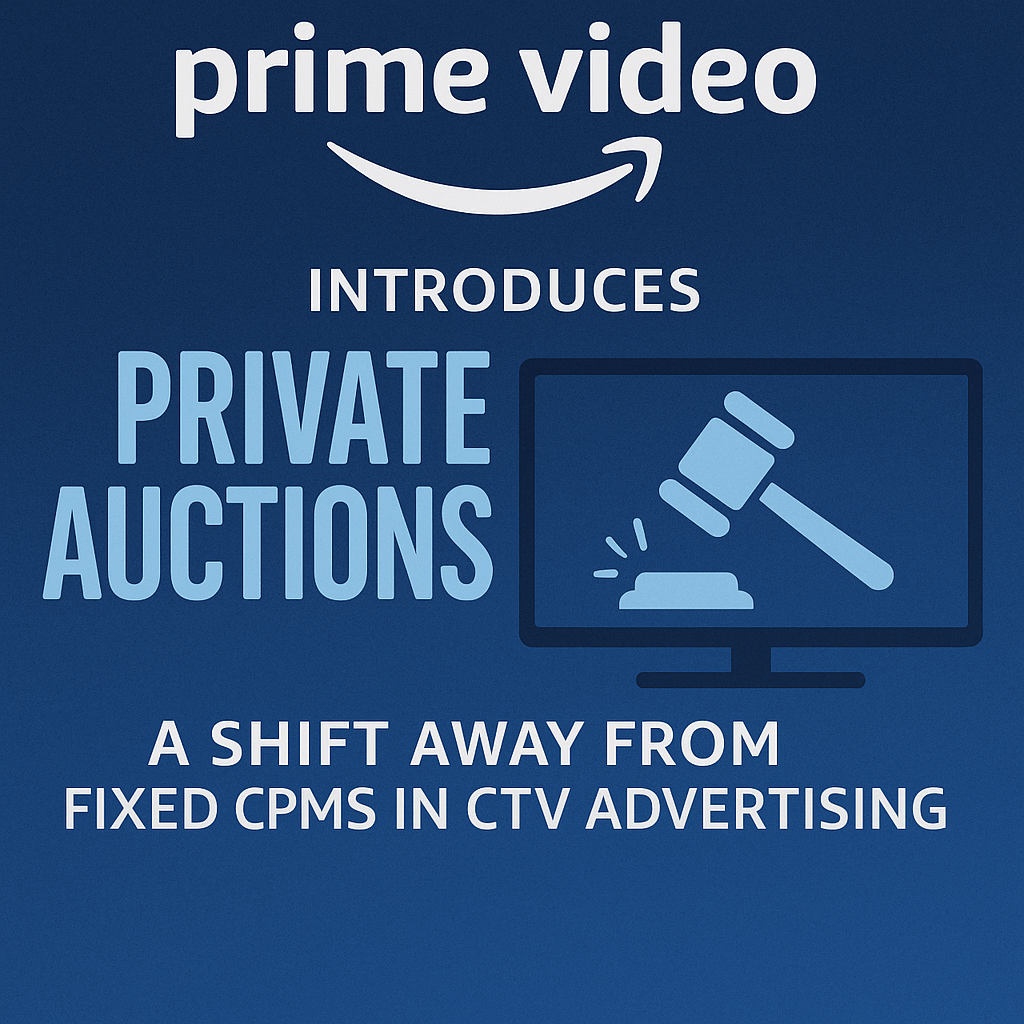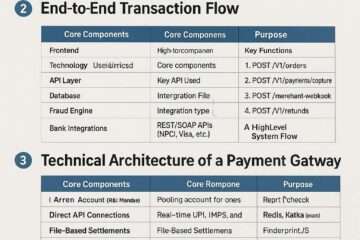

In the third part of DV 360 Important Questions lets discuss the next 20 important questions for interview.
Questions related to Bid Adjustments in DV360:
- What is a bid adjustment in DV360?
- A bid adjustment in DV360 allows advertisers to increase or decrease bids based on certain factors like audience, location, device type, time of day, or other targeting criteria. This helps in optimizing spend and improving campaign performance based on key factors.
2. What is a cost cap and how do you implement it in DV360?
- A cost cap is a bid strategy designed to control the maximum cost per acquisition (CPA) while still optimizing for the desired outcomes. It ensures that DV360 doesn’t exceed a set amount for a specific conversion. To implement it, you select the “Maximize conversions with a cost cap” bid strategy and set your target CPA during campaign setup.
3. How do you optimize a campaign based on performance goals in DV360?
- Optimizing a campaign in DV360 is done by reviewing key metrics (e.g., CPA, CTR, conversion rate) and adjusting targeting, bidding, or creative strategies based on performance goals. You can use automated bid strategies, refine audience segments, adjust frequency caps, or optimize creatives for better engagement.
4. How do you ensure your bids are competitive in a real-time auction?
- Ensuring competitive bids in real-time auctions can be done by adjusting bids based on competitor analysis, real-time performance data, and market conditions. Additionally, using automated bid strategies like “Target CPA” or “Maximize conversions” can ensure bids are optimized for auction competitiveness without manual intervention.
Questions Related to Reporting and Analytics:
- What are the key reporting features in DV360?
- DV360 offers features like customizable reporting, real-time performance tracking, audience insights, campaign metrics (impressions, clicks, conversions), and in-depth reporting on creatives, targeting segments, and bids. Reports can be exported in different formats like CSV, PDF, or directly integrated with Google Data Studio.
2. How do you set up custom reports in DV360?
- To set up custom reports, navigate to the “Reporting” section in DV360, select the “Custom reports” option, and choose the desired metrics and dimensions (e.g., campaign, device type, region). You can further filter the data and set the time range. Once configured, the report can be saved, scheduled, and shared.
3. What metrics should you track in a display campaign in DV360?
- Key metrics to track include impressions, clicks, click-through rate (CTR), conversions, cost per conversion (CPA), return on ad spend (ROAS), view-through conversions, and engagement rate. These metrics help assess the effectiveness of a display campaign.
4. Explain the difference between impressions, clicks, and conversions.
- Impressions refer to the number of times an ad is shown to a user.
- Clicks represent the number of times users click on an ad.
- Conversions track the actions taken after a click, such as a purchase, sign-up, or another desired outcome.
5. How do you use attribution models in DV360?
- Attribution models in DV360 assign credit to different touchpoints in the customer journey. You can select from various models like last-click, first-click, linear, or data-driven attribution to better understand how different interactions contribute to conversions and optimize bidding strategies accordingly.
6. What are view-through conversions in DV360?
- View-through conversions refer to conversions that occur after a user sees an ad but does not click on it. This is tracked if the user later converts (e.g., makes a purchase or completes a form), and the ad exposure is credited for influencing the conversion.
7. What is the importance of frequency and reach analysis?
- Frequency and reach analysis helps determine how often an ad is shown to the same user (frequency) and how many unique users have seen the ad (reach). Managing these metrics ensures the ad doesn’t become too repetitive, avoiding audience fatigue, while still reaching the desired number of potential customers.
8. How do you evaluate the quality of traffic in a programmatic campaign?
- Traffic quality can be evaluated using metrics like conversion rate, engagement, bounce rate, and time on site. Additionally, analyzing data from third-party tools and traffic sources can help determine if the traffic is high quality and if it’s meeting the campaign’s objectives.
9. How can you analyze and optimize for the best-performing creative in DV360?
- You can analyze creative performance by tracking metrics like CTR, conversions, and engagement across different creative formats. Optimization involves identifying top-performing creatives and replicating successful elements in other assets. A/B testing can also help determine which creative performs best for a given audience or placement.
10. How do you assess the effectiveness of an audience segment in DV360?
- The effectiveness of an audience segment can be assessed by reviewing performance metrics like CTR, conversion rates, and ROI for that segment. If certain segments underperform, you can adjust the targeting, refine the segment, or combine it with other audience characteristics for better results.
11. What is the role of custom columns in DV360 reporting?
- Custom columns allow advertisers to tailor their reports by adding specific metrics or dimensions that are important to their campaigns. These columns can be used to track custom KPIs, audience performance, or any other relevant data not included in the default reports.
Questions Related to Optimization and Troubleshooting:
- How do you troubleshoot underperforming campaigns in DV360?
- Troubleshooting involves identifying potential issues such as poor targeting, insufficient budget, ineffective creatives, or incorrect bidding strategies. You can review the data for metrics like CTR, CPC, or CPA, check frequency capping, adjust bids, refine audiences, or swap out underperforming creatives.
2. What are some common optimization strategies for programmatic campaigns?
- Common strategies include adjusting bids based on audience or device performance, A/B testing different creatives, optimizing for specific times or days of the week, implementing frequency caps, refining audience segments, and using automated bidding strategies to maximize conversions.
2. How do you adjust your strategy for a campaign with low click-through rates (CTR)?
- To improve CTR, consider refining your targeting, testing new creatives or ad formats, adjusting the bid strategy to focus on more relevant placements, or reviewing the messaging to ensure it’s compelling and clear for the intended audience.
3. What is frequency capping and why is it important in campaign optimization?
- Frequency capping limits the number of times an ad is shown to the same user within a specific time period. It’s important because it prevents overexposure, reduces ad fatigue, and ensures that ad impressions are distributed effectively across a broad audience.
4. How do you perform A/B testing in DV360?
- A/B testing in DV360 involves creating two or more variations of an ad, creative, or targeting strategy. You then run the variations simultaneously in the same campaign and analyze performance metrics to determine which version performs better. DV360’s “Experiment” feature can help facilitate this testing and provide insights on which combination works best.























































